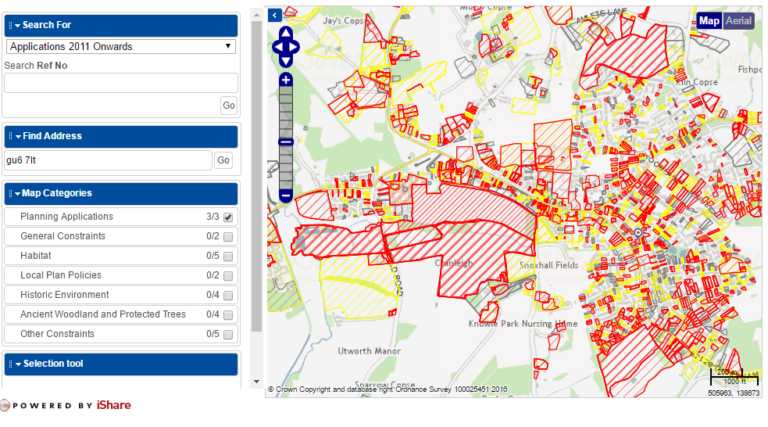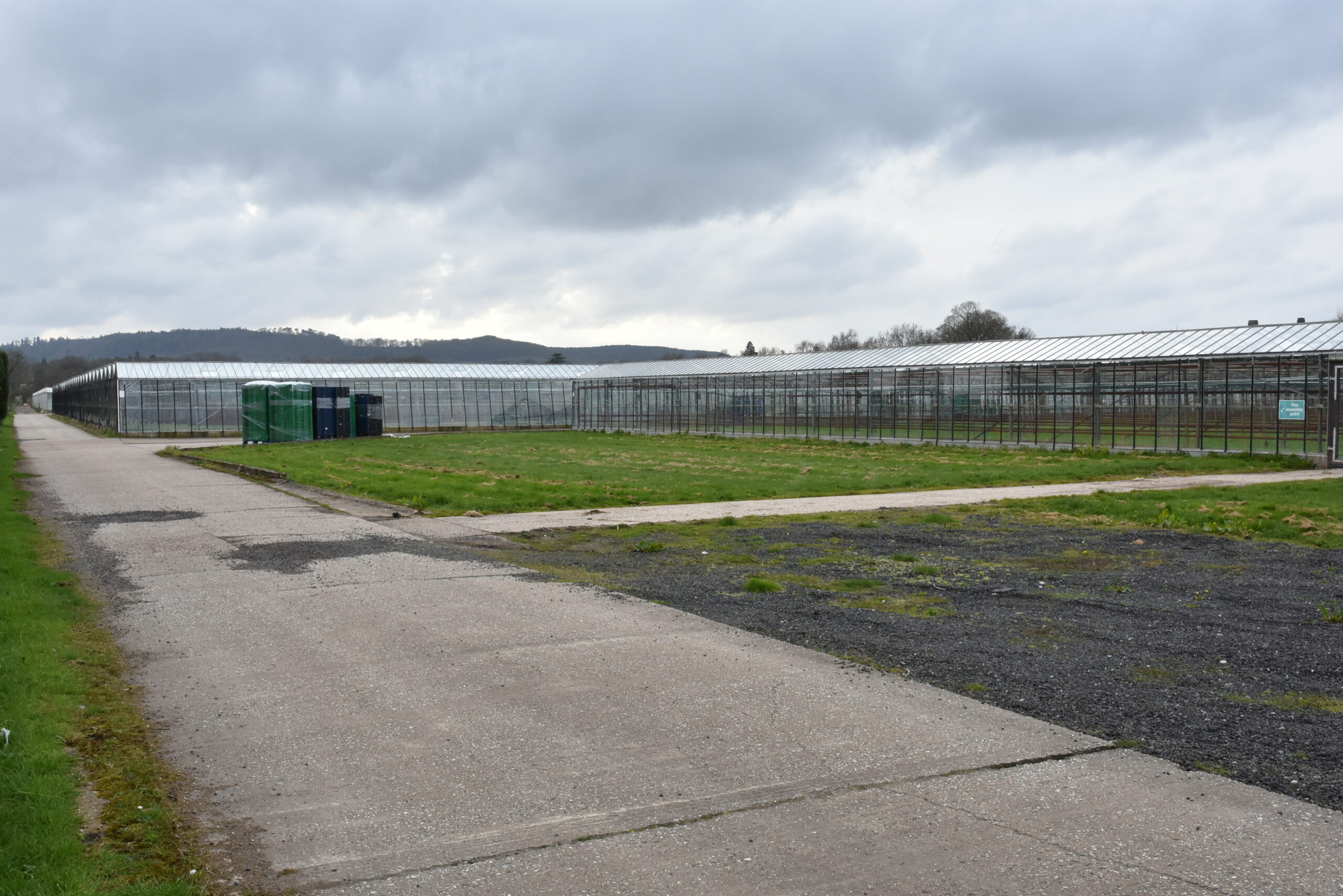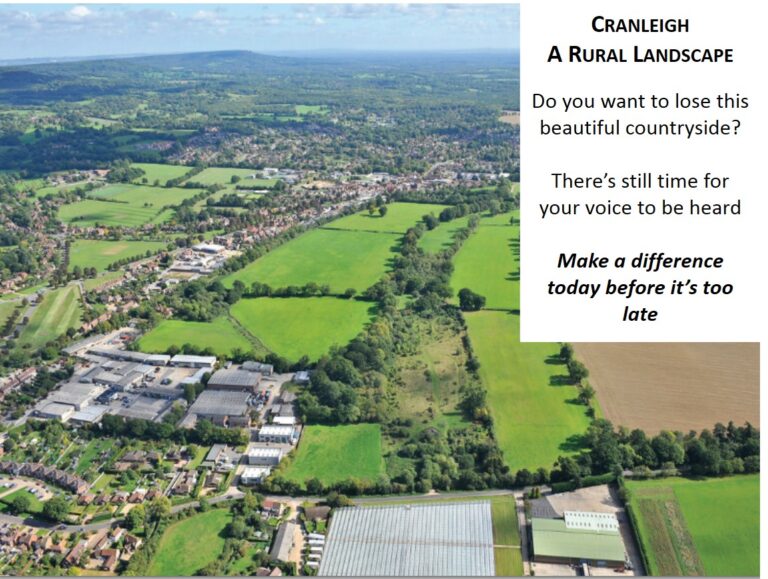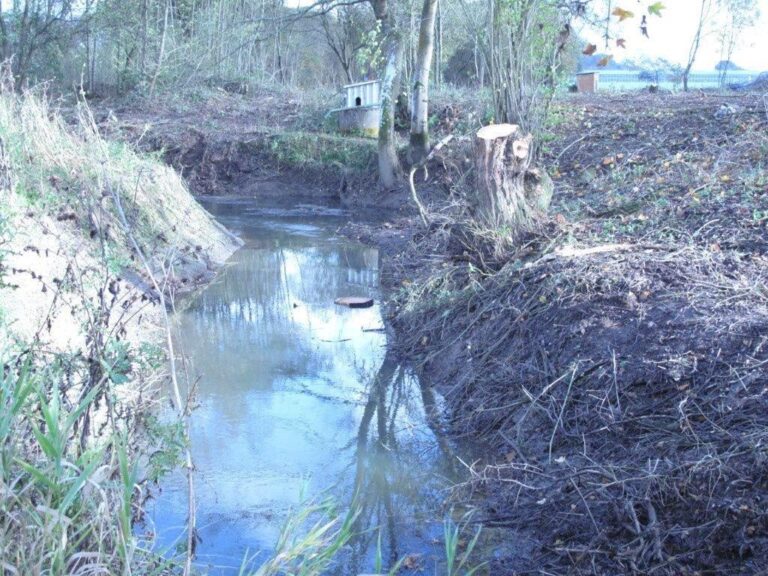New Cranleigh Leisure Centre
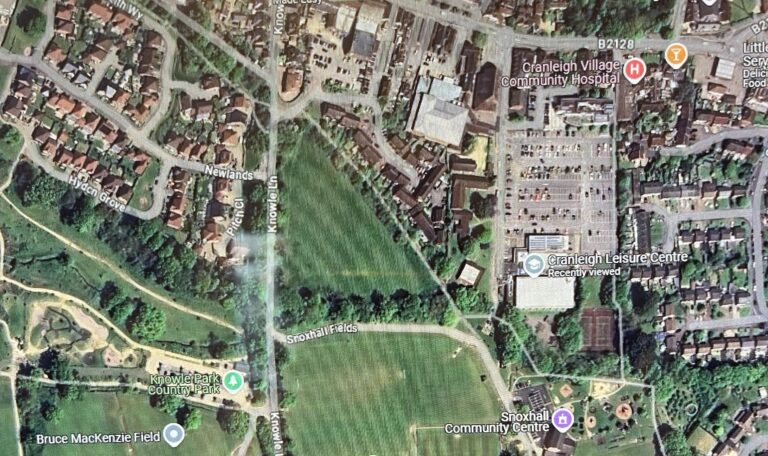
Google photo shot Cranleigh Leisure Centre New Build – the story so far: It is great that Waverley Borough Councillors voted for a new leisure centre in Cranleigh – a long time ago. The Officers and paid-for contractors have worked…


